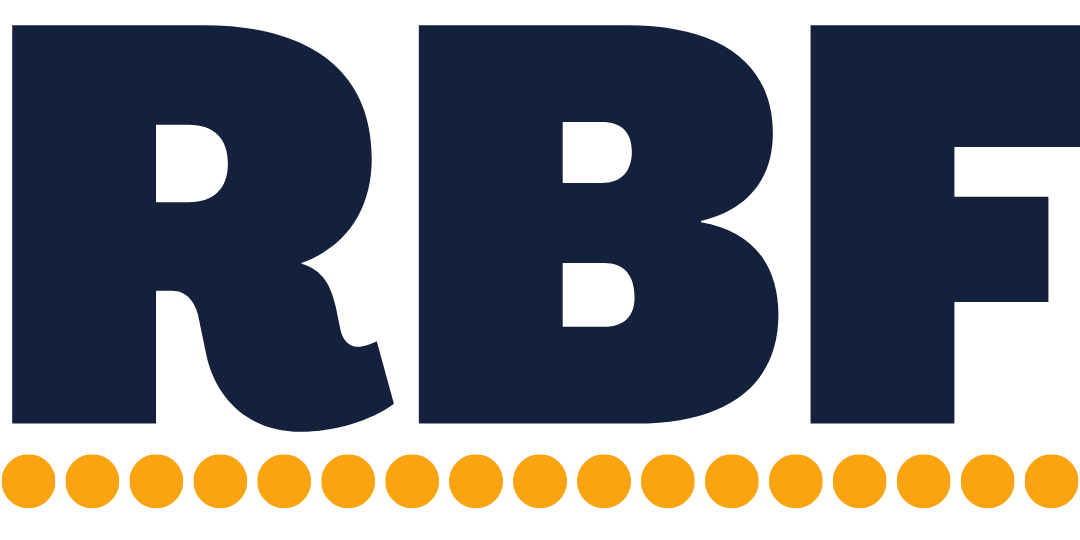Business savings isn’t just for emergencies
Most small business owners don’t have an extensive finance background before starting their businesses. You’re good at a particular skill (eg, marketing, design, writing, coding, law, whatever), you saw an opportunity to open a business, and you went for it. This means, most of your financial background comes from how you managed your personal finances before opening your business. And, savings has a bad rep when managing your personal finances. You save for emergencies, you save for a down deposit on a house, and you save for retirement. And, that’s kindaaa it. Saving more means spending less on yourself. And, that’s obviously not fun.
Saving plays a different role in business tho. It’s much more strategic. It can be used for investment and growth. Or, as an early-warning KPI. And, while there might still be long-term savings goals, business savings are also much more active and useful in the short term. Business savings are meant to be a fluid asset that’s frequently leveraged to improve your business (as opposed to the set it and forget it nature of personal savings).
Operating funds to smooth cash flow :
Savings is a core part of healthy cash management. There’s no getting around it. You will never seamlessly collect all your invoices in time to pay all your bills. There will always be minor timing issues. And, you’ll need some non-emergency-fund savings to help smooth out your cash flow during those periods. Make sure your operating account has at least a gross payroll’s worth (including your payroll and taxes) of funds at any given point. If you dip under that amount for a few days, you’re having a minor cash emergency. Take a hard look at your cash flow and proactively correct it (eg, chase invoices, delay expenses, etc). Don’t wait until your operating account is empty and you’re dipping into your emergency fund to actively work on your cash flow.
Emergency funds:
Yea, the subject line of this email was “Business savings isn’t just for emergencies,” but I can never hammer home emergency funds too much. Your business needs an emergency fund. Save up 2-3 months’ worth of operating expenses (including your salary) and leave it in a savings account. This is for emergencies (for example, a key employee leaves and you need to hire a recruiter to replace them, or you get sued and need to pay a lawyer’s retainer) and not run-of-the-mill expenses. You shouldn’t be dipping into it for expenses you could’ve easily seen coming (eg, quarterly tax estimates, annual insurance or licenses, etc) or because you let normal everyday cash flow go unchecked.
Saving for growth & innovation :
Your business won’t grow and innovate all by itself. A portion of your annual revenue (roughly 1-3%, depending on business size) should be set aside specifically for new growth, investments, and experiments. Test ideas that aren’t already part of your plan or necessary for operations. That could be education (for you and your team), new marketing campaigns, developing a new service offering, expansion into a new niche, or maybe hiring a certain business advisor to help your business with strategy and finance (just thinking out loud 🤷♂️😋). A dedicated testing budget forces you to look for new opportunities and ways to innovate.
Saving for major investments :
Major investments won’t pay off immediately. There’s always a leap of faith period (at least a few months) while revenue catches up to your new expenses. And, while you can get loans, you’ll never get loans for the full amounts (and you’re not going to get traditional loans for certain investments like a huge marketing campaign). After calculating the ROI on a new investment and deciding to go for it, but before jumping in, make sure you have enough savings for that leap of faith period. Figure out how much the new investment expense will be and how many months it’ll take revenue to catch up.
Mid-term savings:
Short-term recurring expenses (eg, payroll, rent, etc) are a part of your intuitive cash management. You’re already expecting them, revenue is mentally earmarked for them, and you’re ready. These expenses can be easily paid right out of your main operating account. On the other hand, mid-term expenses (aka those that are a few months out) are frequently forgotten because they’re out of sight and out of mind. But, when they appear (and aren’t properly saved for), they create a minor cash emergency. You’ll need to either divert funds that were earmarked for another expense or dip into your emergency fund to cover them then replenish it. Instead of getting stuck in that cash emergency cycle, intentionally save for expenses that’re a few months out and segregate those funds in a mid-term savings account.
(Here’s a prior email all about looking for mid to long-term expenses.)
Credit cards aren’t savings :
Credit cards have their place and can be part of your overall emergency cash plan, but they aren’t an alternative to real savings. When you have a minor cash emergency, proper savings will give you 0% interest funding to cover operational costs while you focus on fixing whatever caused the emergency. Credit cards will give you 18%+ interest funding which just adds another problem to your list. Not to mention that there are plenty of expenses that can’t (or shouldn’t) be put on credit cards (eg, quarterly tax payments, payroll, rent, etc).
Action Item:
Look up your average gross payroll (including your payroll and all the taxes). Note it down and use it as an operating account cash crunch early-warning indicator.
